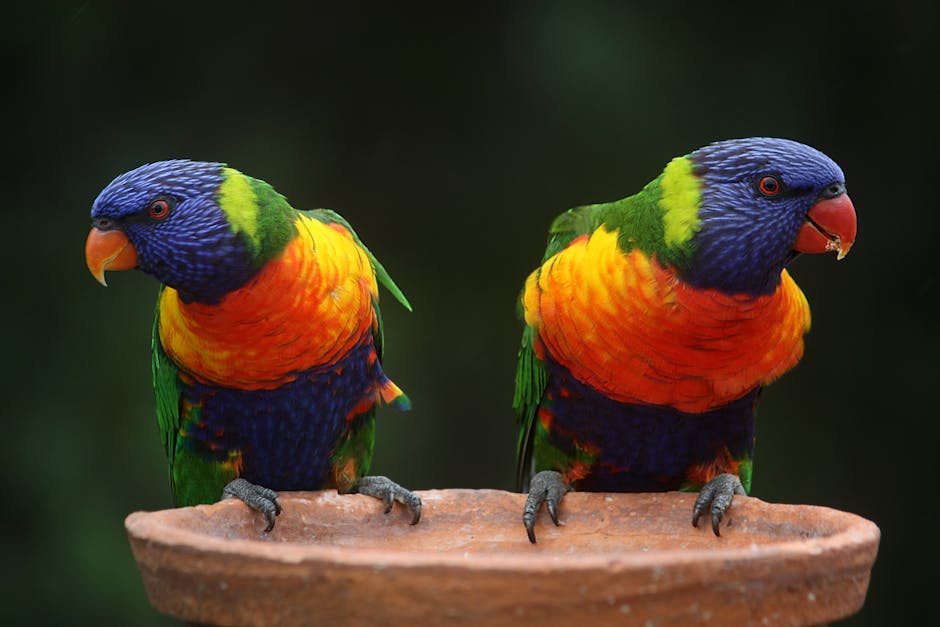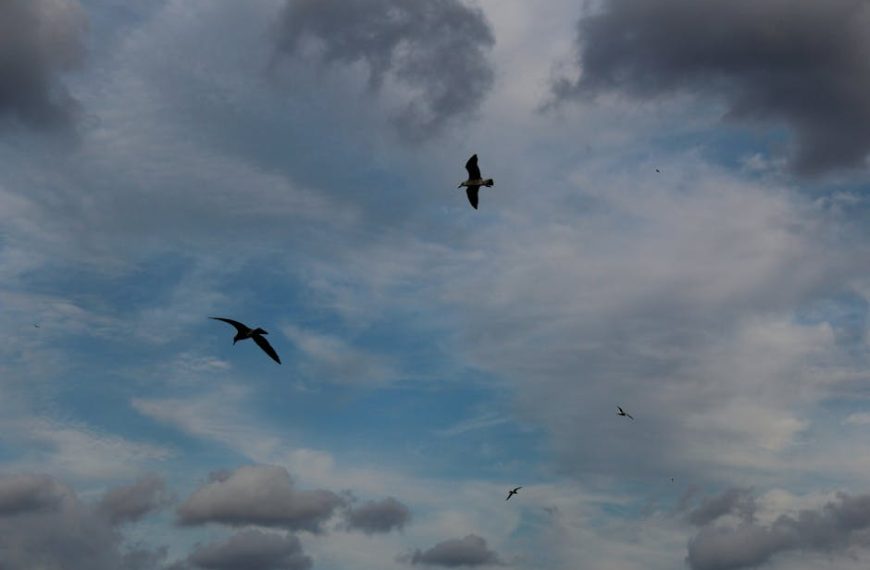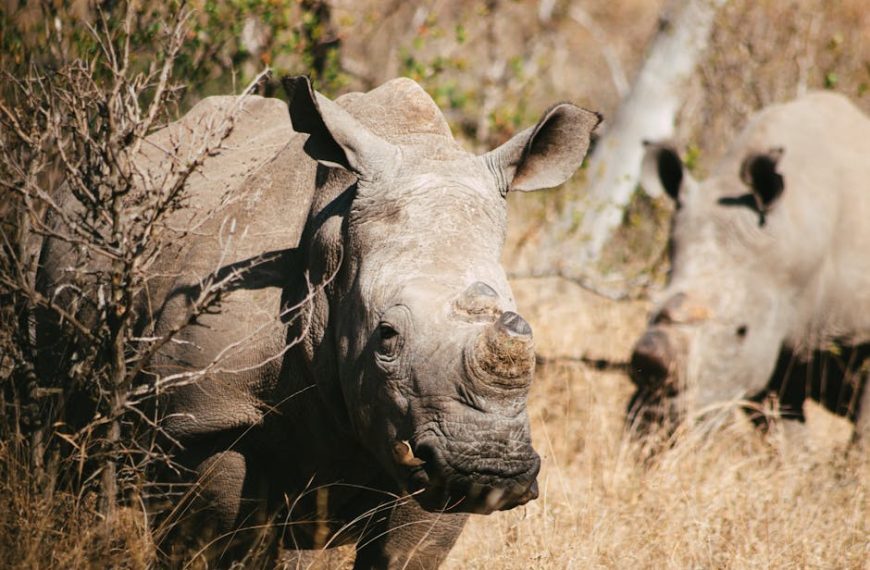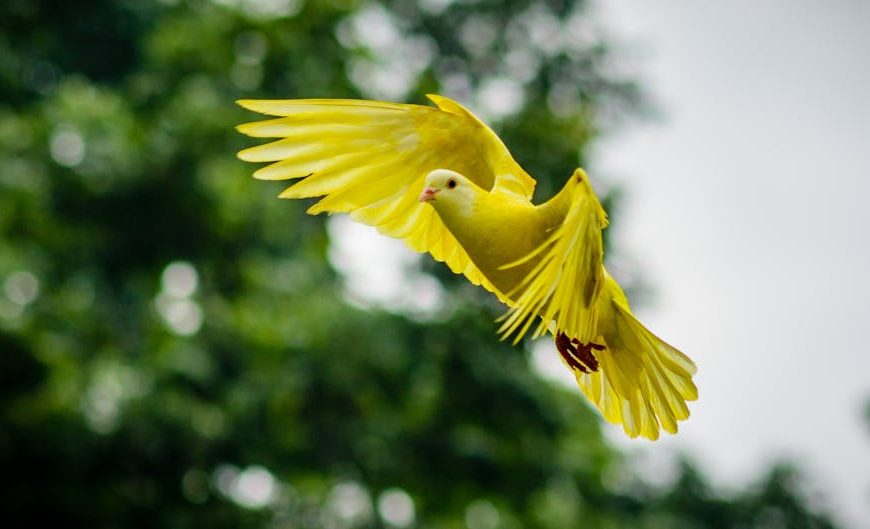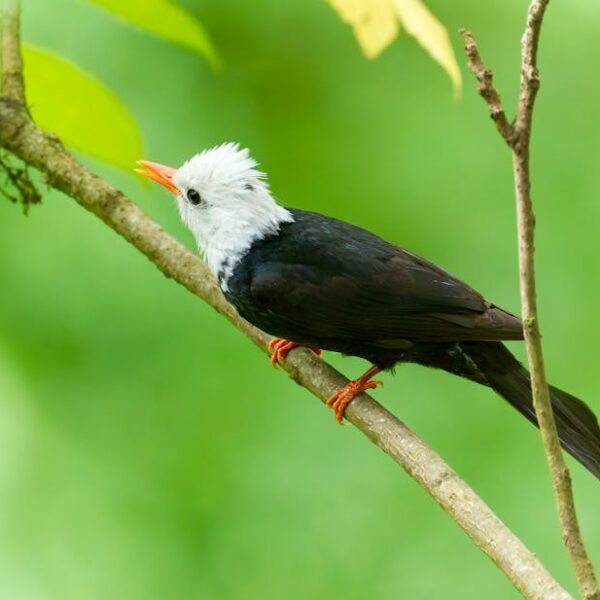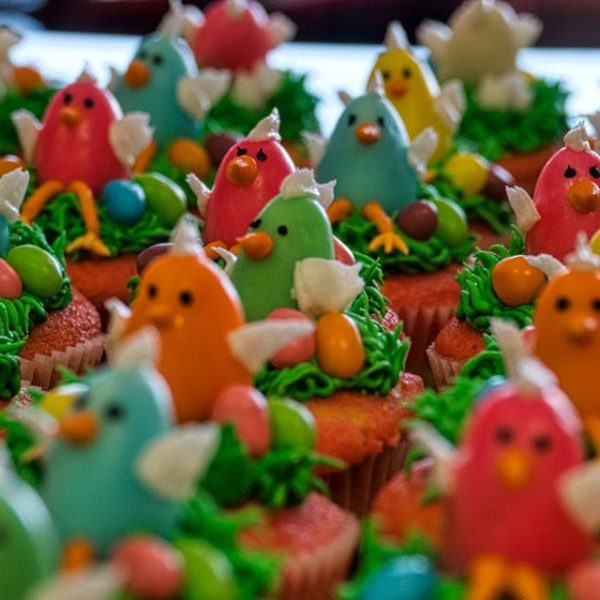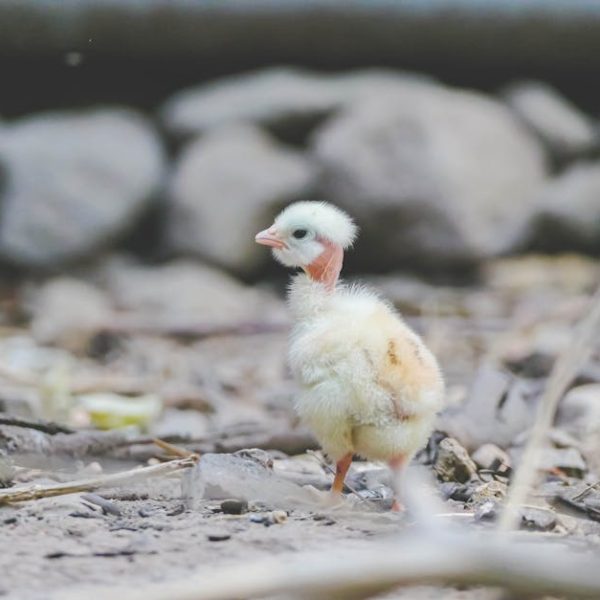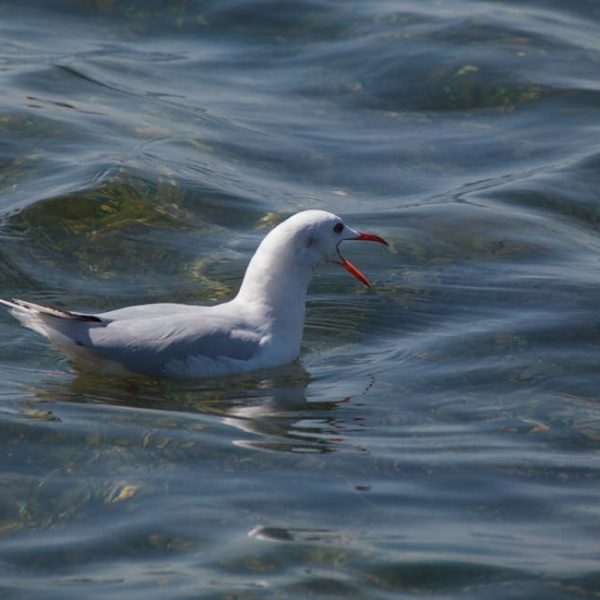When bird species were initially identified and classified, a number of them inherited names that can be interpreted as unkind or negative. This isn’t due to any ill will towards our feathered friends but rather a reflection of human perceptions at the time of discovery, scientific taxonomic conventions, or even the bird’s physical attributes or behavioral traits. This article explores the intriguing world of bird nomenclature, showcasing the true essence of birds with misunderstood names, tackles the impact of these names, and delves into how altering perceptions can assist with conservation efforts.
Understanding Bird Nomenclature and Misunderstood Names
Birds are named after a myriad of factors, ranging from their physical appearance to their behaviors, and sometimes after the explorers who discovered them or the places they are found. But some names, such as the Butcherbird, the Shrike or the Go-away bird, might not convey positive impressions. These unkind names can stem from misconceptions about the birds’ nature, leading to disproportionate fear, disdain or lack of interest, which inadvertently can negatively affect their conservation efforts.
On a lighter note, bird watchers and lovers can play an important role in altering these perceptions:
- Pro Tip: As a bird lover, try to look beyond a bird’s name. Understand their behaviors, habitat needs, and role in the ecosystem. Educating yourself makes it easier to dispel misconceptions and impart this knowledge to others.
- Best Practice: Encourage positive dialogues about birds with negative names. Share interesting facts about these birds on your social channels, in classrooms or bird watching clubs. These small steps can create a larger wave of change in the perception of these feathered creatures.
Exploring Birds With “Unfriendly” Names: Case Examples
Ironically, some of the birds with ‘unfriendly’ names are some of the most intriguing avian species. For example, the Terror Bird, albeit extinct, was actually a flightless bird with a massive beak. Their fearsome name comes from their once top-predator status, but they were just fulfilling their role in the ecological hierarchy. Similarly, Secretary Birds have received their unique label due to their long, crane-like legs which reminded some of 19th-century office clerks — not exactly an unkind name, but peculiar nonetheless. On the other hand, Loggerhead Shrikes and Drongo birds have earned their unusual names due to their aggressive feeding behaviors, which might be intimidating but are a crucial aspect of their survival.
Here’s a quick comparison of these misunderstood birds with their better-named counterparts:
| ‘Unfriendly-named’ Birds | ‘Friendly-named’ Birds |
|---|---|
| Terror Birds | Dove |
| Secretary Birds | Barn Owl |
| Loggerhead Shrikes | Blue Jay |
| Drongos | Hummingbird |
Remember, these ‘unfriendly’ named birds are just as fascinating and important to our ecosystems as those with ‘friendlier’ names.
Changing Perceptions: Role of Name in Bird Conservation
Names are an integral part of our understanding and perception of any entity, including nature. A bird species named ‘Terror Bird’ might not fetch as much empathy and conservation support as a bird named ‘Dove’. This difference in perception based on names can affect conservation efforts for various bird species. Changing the names isn’t always viable or desirable – after all, these names feed into the rich tapestry of bird lore. However, cultivating a sophisticated understanding of these names is quite possible and much needed.
Consider the potential pros and cons of changing these names, though, for the sake of argument:
| Pros | Cons |
|---|---|
| • Improved Public Perception | • Loss of Historical Significance |
| • Increased Support for Conservation | • Confusion in Scientific Communities |
| • Inclusive and Respectful to Species | • Logistics and Bureaucracy of Name Changes |
- Best Practice: Promote these bird species through the fascinating stories behind their names and behaviors. Remember, every animal has a key role in our natural world — even the ‘Terror Bird’ had a part to play!
The Role of Common People and Bird Lovers In Changing Perceptions
We as common people and bird lovers hold a lot of societal sway and power in changing perceptions towards these bird species. Spreading knowledge about these misunderstood birds and challenging the existing preconceptions can help to ignite a wave of change in societal attitudes.
- Pro Tip: Whenever you come across birds with ‘unfriendly’ names, take time to learn more about them. Apply your understanding and share it in social circles, to help foster admiration and empathy for these avians.
- Best Practice: Instead of reacting negatively to their ‘unfriendly’ names, use them as an opportunity to create curiosity and interest.
Impact Of Positive Nomenclature On Bird Conservation
Believe it or not, names do matter in conservation. A positive nomenclature can make a bird species more likable to the public and hence more likely to receive support for their conservation.
Case in point: The ‘Riflebird’, with its militaristic name initially, garnered little public interest. But, when its name got rebranded to display its most charming feature — ‘Magnificent Riflebird’ — people’s perceptions changed. This demonstrates how a simple adjective can make all the difference.
| ‘Friendly-named’ Birds | ‘Unfriendly-named’ Birds |
|---|---|
| Endearing Sparrow | Butcherbird |
| Charming Goldfinch | Cuckoo |
| Delightful Puffin | Stinkbird |
| Colorful Parakeet | Vulture |
As we have discussed, it is not so much about changing the names as it is about changing our perception of them. So, let’s celebrate and conserve our feathered friends, irrespective of what they are named. After all, a bird by any other name would chirp as sweet!
Key Takeaway:
- Bird names vary greatly, influenced by the circumstances of their discovery, scientific taxonomic conventions, or physical or behavioral attributes, which can sometimes lead to negative or ‘unfriendly’ naming.
- These sometimes harsh names can, unintentionally, affect public perception and conservation efforts for these species.
- Understanding the true meaning and history behind these names can help to paint a better image and incite interest in these species.
- Positive dialogue around these positively-named or negatively-named birds can enhance awareness and positive perceptions, potentially aiding in conservation efforts.
- ‘Unfriendly’ named birds, like their friendly named counterparts, play key roles in our ecosystems and each has its own fascinating story to tell.
By appreciating the stories behind their names, we can all play a crucial part in promoting understanding and respect for our feathered friends, regardless of their names. Let this newfound knowledge ignite your curiosity, and may it spur you to share these enchanting facts with others to foster a greater appreciation for all bird species, no matter how ‘friendly’ or ‘unfriendly’ their names might be.
FAQs
Q: How do birds get their names?
A: Bird names are often influenced by several factors such as their physical attributes, behaviors, the explorers who discovered them or the places they were found.
Q: How can I contribute to changing the negative perception of ‘unfriendly-named’ birds?
A: Share your knowledge with others! Educating people about the true nature and behaviors of these birds can help dilute any negative perceptions.
Q: Can a bird’s name truly affect its conservation efforts?
A: Yes, research suggests that a bird’s name can affect the public’s perception and empathy towards it, which could indirectly influence its conservation support.
Q: Would it be more beneficial to change the names of ‘unfriendly’ named birds?
A: While it may help in some cases, changes can cause confusion and may lose the historical significance of the names. Instead, it is more vital to change our perceptions and understand the full story behind the name.
Q: As a bird watcher, how can I support ‘unfriendly’ named birds?
A: Understand the true natures of these species and share their stories with others. Encourage positive dialogue and promote appreciation for these birds despite their names.
Don’t forget to share this article if you found it enlightening, and have a browse through our other posts for more fascinating insights into the world of birds and nature.
